This morning (Sunday), I was off work, so I arrived at about 9am at the beach at East Fork. There were already about 5 or so birders with scopes looking at a bird. I was hoping that it was a Little Gull, as I have only seen one and it was far away. This bird was resting on the sand. Since I have had my scope stolen, I had only binos and my camera. A couple of birders asked if I would like to see the Little Gull, so I of course said yes. The only thing is, the bird I was looking at was not a Little Gull. In fact, it wasn't a gull at all.
They had a few field guides opened to Little Gull on an old water fountain. I began to suggest other possibilities that the bird might be. I turned the guide to terns and offered just a little of my opinions. I was in the minority slightly at first. I could tell that the birders that were convinced that it was indeed a Little Gull were getting a little uneasy and upset. I then started to talk to the other birders that were there. I recognized one of the birders. I began to discuss why I felt the bird was what it was and he began to see why I came to the conclusion that the bird was a Forster' Tern in winter plumage. Another birder also agreed that it was indeed a Forster's Tern. The couple that never would disclose their name to me left as the talk of the bird being a tern heated up. Here is the bird that was causing all this confusion:
While I don't have a picture of a Little Gull, there was a Bonaparte's Gull nearby. I told them that the Little Gull would be more similar to the Bonaparte's than to this bird. This is the BONAPARTE'S that was nearby.
There are some "Jizz" differences here. I often suggest to people that they just zoom out or just observe the bird through their binos only for a while. The couple that insisted that the bird was a Little Gull was so stuck on minor details that they did not look at the overall bird. The tail I remember was a sticking point. They did not see the streamers that the bird would have in breeding plumage. This alone would not be enough to make it not a tern. White feathers contain no melanin, so they are weak. This means that the feathers most likely are worn down by now, giving the bird a short tailed look.
I do not know if the bird above (tern) is the bird the original birder misIDed or not. I do not recognize the name.
After everyone but me and one other birder left, things got real interesting. I started just talking with the other birder when I noticed a long necked shorebird just beyond the gulls. This little spot on the corner of the beach has been very productive in the past. I told the other birder I was with that I think I see something of interest over there. We decided to get a little closer and check it out. I originally thought that the bird may be a Pectoral Sandpiper, but it just looked too big and long necked. As we got closer, I said to him "that's an UPLAND SANDPIPER!" That would be a life bird for me.
We quickly noted that the bird had an injured wing, as it was dragging it. The bird attempted to swim away like a duck would swim, but turned around and went into the deep vegetation. We were able to get a few photos of the bird. Very sad to see such a nice looking bird in such situation. Just hope it stays away from the off leash dogs.
Here are the photos that I was able to obtain. The bird was kinda of skittish, so we kept our distance. Being injured, I didn't want to stress the bird anymore than it already was.
When I got home, I checked the Birding Ohio Facebook Group and found that the local Wild Birds Unlimited store had received a call about an injured Upland Sandpiper in Bethel, Ohio. This is very close to where this bird is. I talked to the staff person who took the call, a birder friend, who told me that the bird was found in a yard yesterday and that the bird was sent to rehabbers. Whether this is a different bird or not I do not know. For now, I can only assume that it is not the same bird. The bird headed deep into the vegetation, and despite my looking for it, I could not re-find it.
A very strange tern of events indeed...
Update: This evening (Sept. 13th), I was at East Fork and Ginny Fantetti and Rob Edelen showed up. I have known Ginny for a while and know that she is familiar with rehabbing and the methods used from her work with Raptor, Inc. She came up with a plan and we successfully executed it in short order and the bird was caught without incident. The bird appeared to have a broken wing. It is now in the process of being turned over to the rehabber.
Update #2 from Ginny Fantetti: "The sandpiper was delivered to Back to the Wild rehabilitation center in Castalia, OH yesterday (an all-day road trip). They have the resources and facilities to get proper care for it and will be able to keep it as a permanent educational display bird if it can't be released. I'm glad it didn't come to an ugly end at the hands of one of the many off-leash dogs or stray cats at the beach at East Fork."
------
Glad the story came to a good ending. Also glad it is over!
Tweet
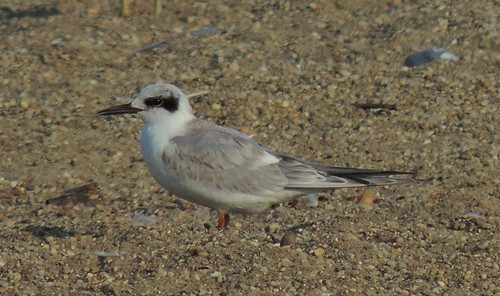
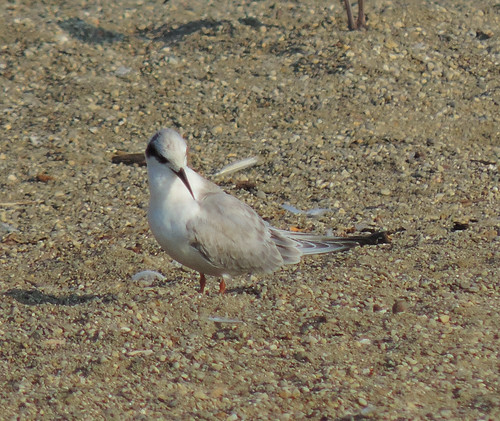
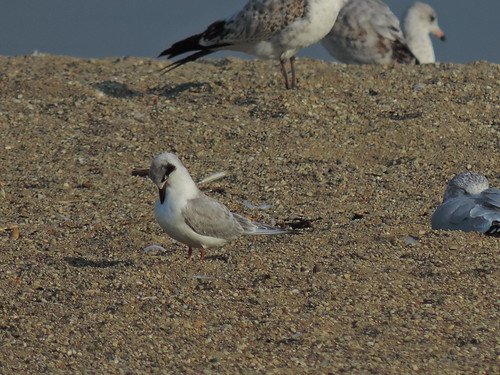
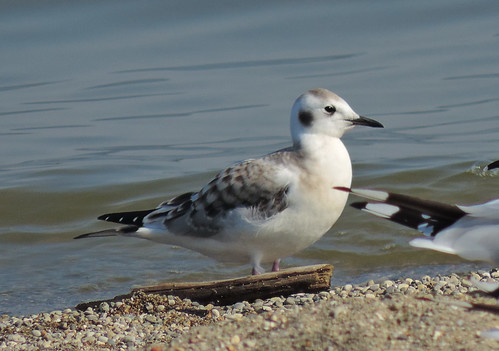
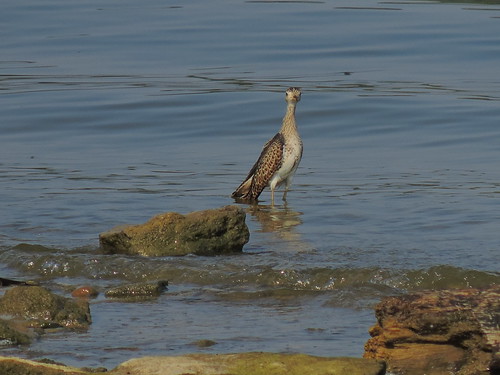
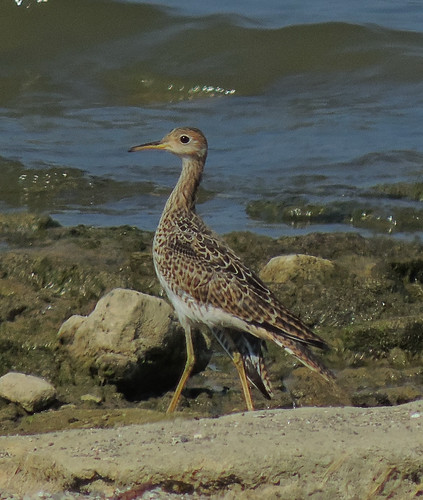
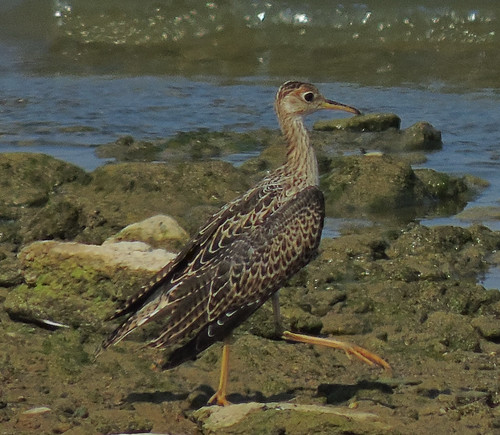
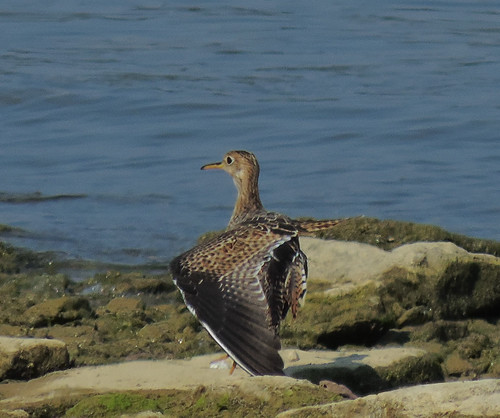
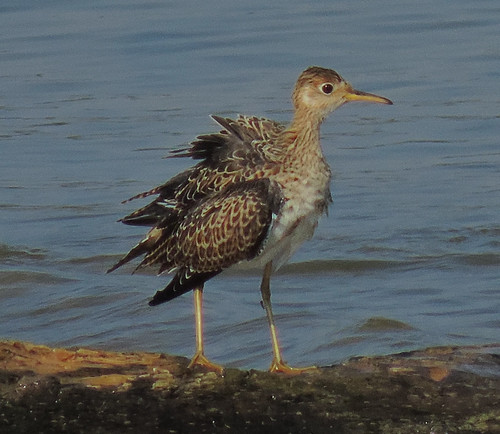
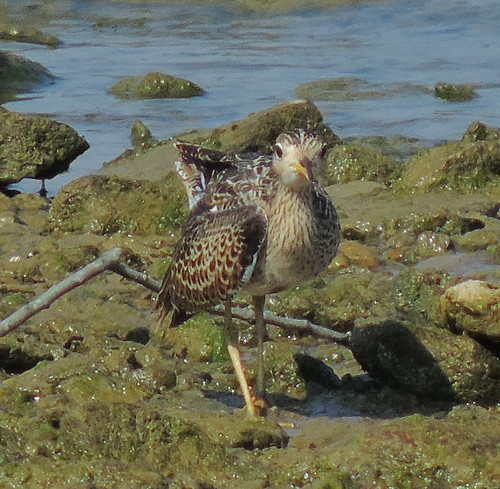
Nice photo.s
ReplyDeletelooking at the tail, that bird can be none other than a eurasian collared dove
ReplyDeletePositive site, where did u come up with the information on this posting?I have read a few of the articles on your website now, and I really like your style. Thanks a million and please keep up the effective work. odd news
ReplyDelete